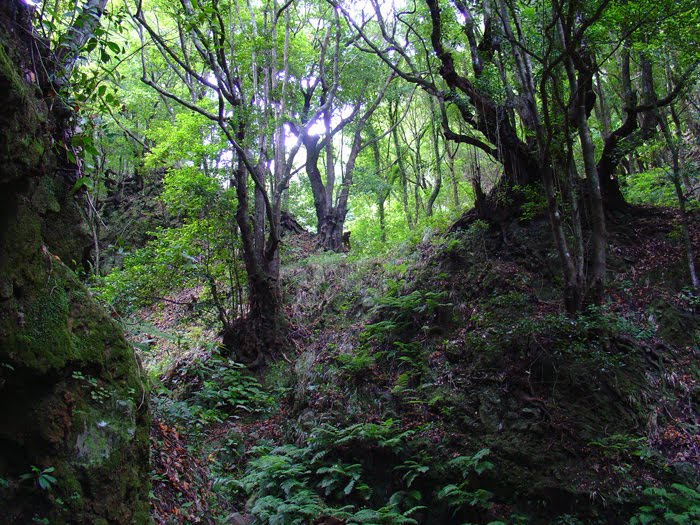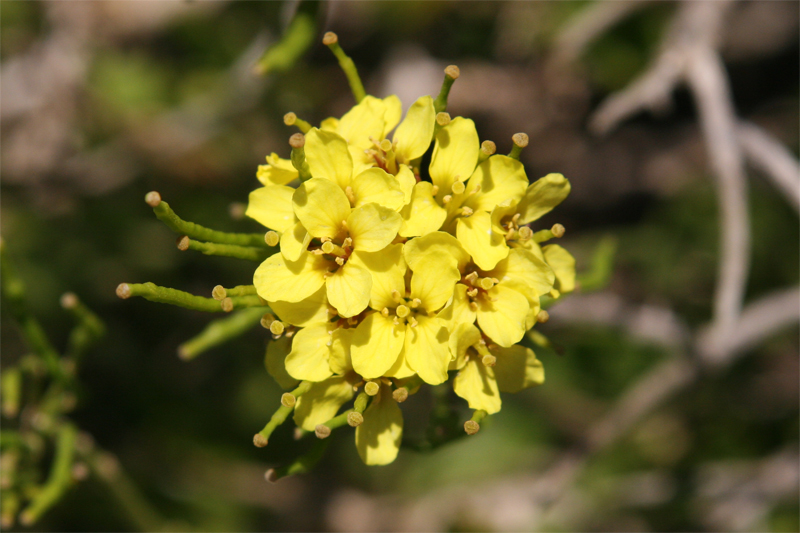Nature in Desertas Islands
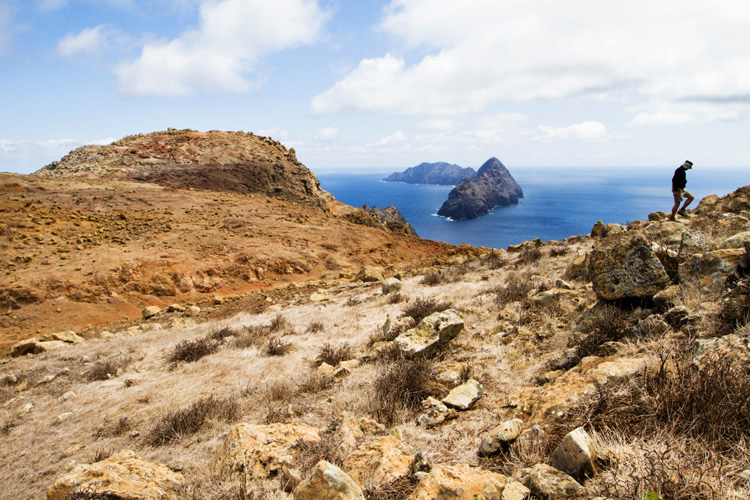
The Desert Islands is the group name of three smaller islands, which are southeast of the island of Madeira, being composed by the Ilhéu Chão, Deserta Grande and the Howler, which belongs administratively to the municipality of Santa Cruz. These islands of volcanic origin has a color between red and yellow, extending for about 37.700 meters, rising by steep cliffs. These islands are the new home of the Fur, that there resides a colony in population recovery, considered thus an emblematic species in the Natural Reserve of the Desert Islands, which are accompanied by seabirds, who chose this place as a place of nesting. Today, this nature reserve is the last refuge in ocean mass for many animals, including the Mediterranean monk seal (Monachus monachus) or Fur, the rarest seal in the world, having the features of these mammals the major reason for it was created a protected area in 1992, going to be called Biogenetic Reserve by the Council of Europe. However, measures have been imposed to preserve this reserve, as a total ban on deep sea fishing and navigation in the southern part of the island for any vessel you need a credential of Madeira Natural Park Service. So this space is to preserve and protect the full range of fauna and flora, rare and unique to this island, which currently belongs to the Natura 2000 network.
These islands are several rare and endemic species, among which we highlight the monk seal in the Mediterranean, for fish and shellfish account is the damselfish (limbata Chromis and Abudefduf luridus), a (mullet Liza aurata), boga (boops boops), bream (Diplodus sp.), grouper (Serranus atricauda), rockfish (Sparisoma Cretan), fish-dog (scrofa Bodianus), fish-green (pavo Thalassoma), crab-goat ( Grapsus ascension) or chip (Scyllarides latis) and along the coast one can see several species of turtles and cetaceans. And is also a sought after area for nesting seabirds, these islands welcome the shearwater (Calonectris diomedea borealis), the castling-de-castro (castro Oceanodroma), the soul-black (Bulweria bulwerii) and Fea’s Petrel (deserted Pterodroma), for these species, these islands are a last refuge, worldwide. Already the island Deserta Grande holds the most soul-black colony (Bulweria bulwerii) Atlantic and the world; already Fea’s Petrel (Pterodroma deserted) nests exclusively in Petrel. Throughout the year, they are resident birds, such as the run-paths (Anthus bertheloti Madeira), an endemic subspecies of the Madeira Archipelago and the canary-the-earth (Serinus canaria canaria), an endemic subspecies of Macaronesia. With regard to birds of prey birds, these islands one can see the kestrel (Falco tinnunculus canadienses), an endemic subspecies of Macaronesia, the blanket (Buteo buteo harterti) and the Owl Barn Owl (Tyto alba schmitzi), endemic subspecies of the Archipelago Madeira. In the group of invertebrates is the subgroup of arthropods, the tarantula-the-desert (hogna ingens), an endemic arachnid these Islands, live only in the Valley of Castanheira, in the far north of the top of the Great Desert. It is not yet deeply known mollusc fauna, studies confirm about 50 species and subspecies of terrestrial mollusks, of which 44 are endemic and rare, like the gecko (Teira dugesii mauli) is the only endemic terrestrial reptile that inhabits the Desert Islands.
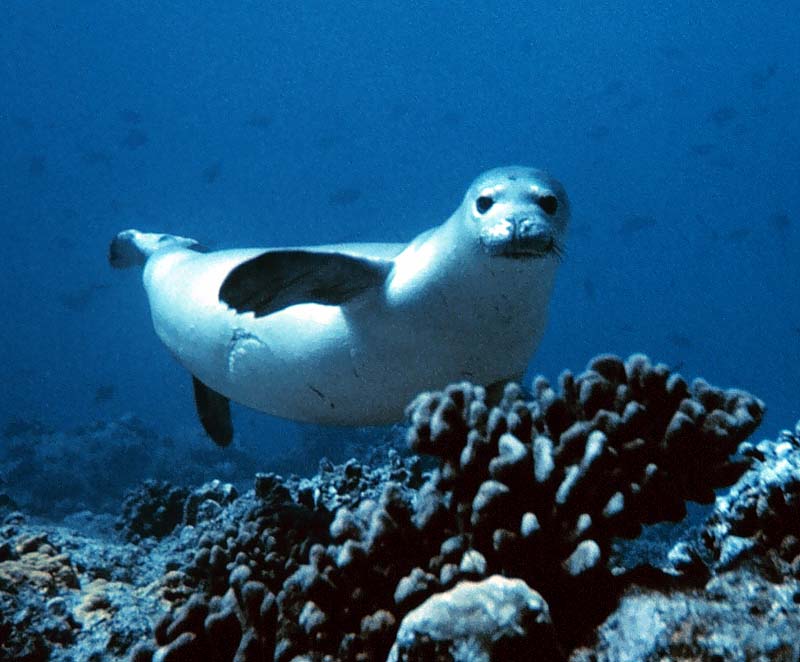
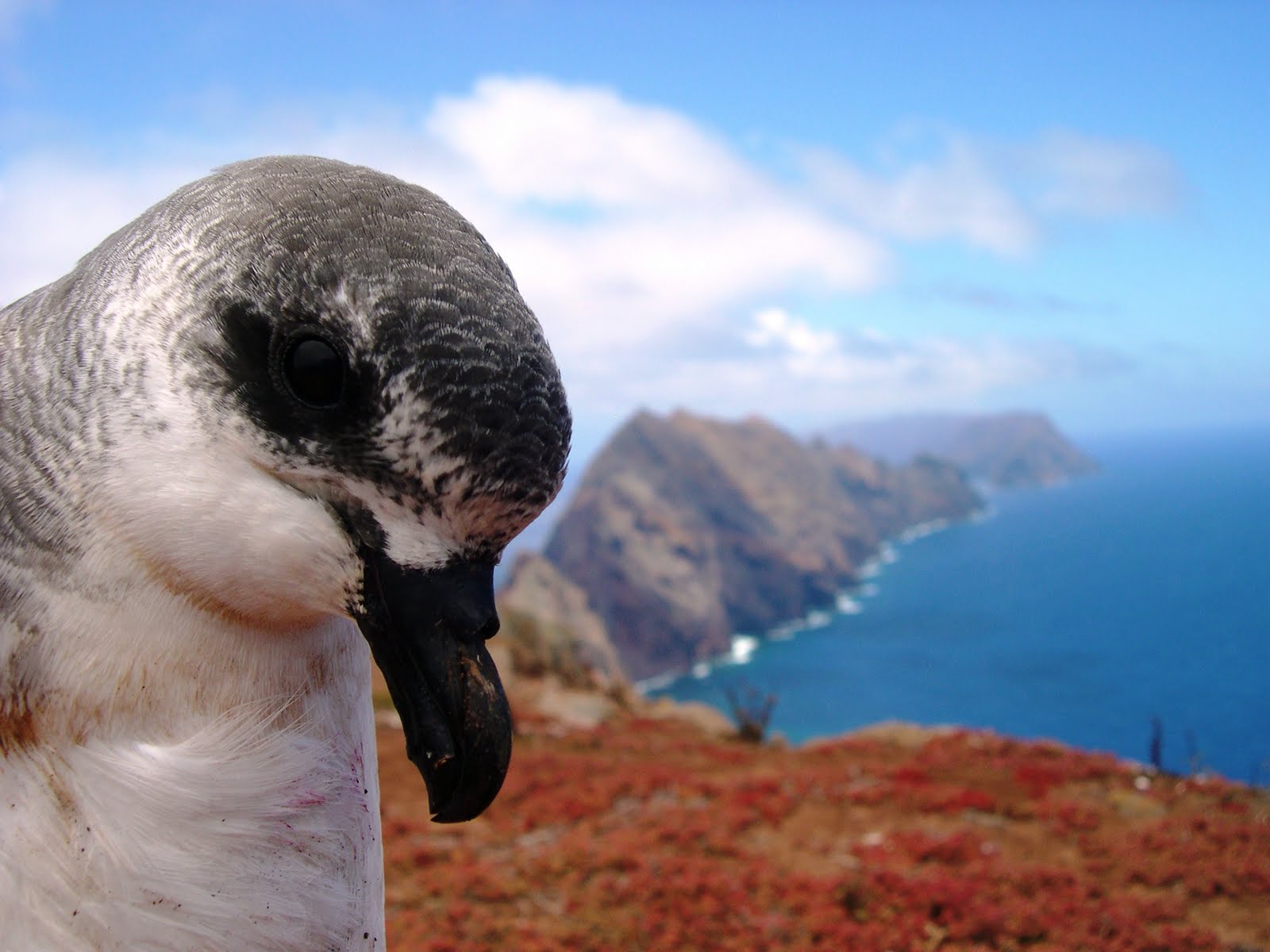
Already, the flora of the Desert Islands is diverse, unique and rich in specific plant of Macaronesia, typically Madeiran. About 200 species of vascular flora have been found on these islands, where 30% fences are endemic and 10% are restricted to Macaronesia. The island with a greater diversity of habitats and plants is Deserta Grande, which holds only three endemism, the Cabbage-rock Sinapidendron sempervivifolium the Frullania sergiae and Musschia isambertoi. The vegetation of these islands date back to 1868, carried out by Lowe, who set two vegetation zones: the first zone, designated by sea, characterized by indigenous plants such as carrot-the-rock edulis Monizia, the wallflower-the-rock Matthiola maderensis and cowgirl Calendula maderensis; the second zone, designated mountain which is characterized by plants such as Lotus Argyrodes the Mandon argyranthemum haematomma and Trifolium angustifolium. With regard to plant communities and bioclimate there are the forests of Zambujal (maderensis-Maytenetum umbellatae Olea) and laurel forest Barbusano (Semele androgynae-Apollonietum barbujanae).
